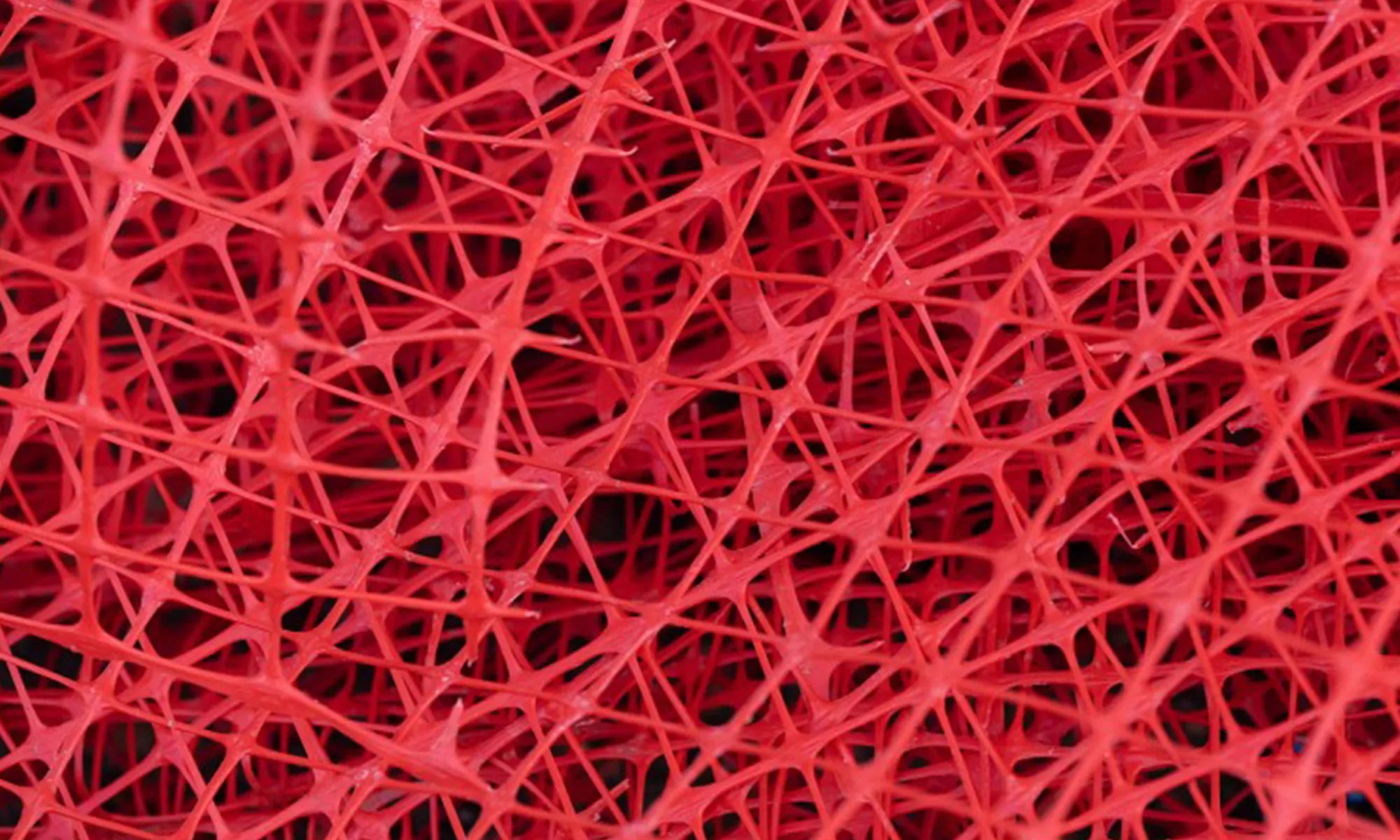
Sealing ring made of natural rubber: Nothing drips
Part four of our soulessentials series is dedicated to a small but really strong part of our soulbottles: the sealing ring made of natural rubber. Nice and soft, nice and colorful, extra tight - but what exactly is natural rubber and how is it processed?
Elastic, as a band, as a ring or to chew: the word "rubber" certainly brings to mind a lot of associations. But what is in our sealing ring made of natural rubber - and why is not all rubber the same?
What is natural rubber?
Rubber is a rubbery substance that can be found in latex - and this latex is just another name for the milky sap of the rubber tree. Latex can also be obtained from other plants, but a large part comes from the tree in question, also called Hevea Brasiliensis. Today, this tree grows mainly in Asia, including Indonesia and Sri Lanka. The rubber tree has its origins in the Amazon jungle. The bark of the tree is scratched all around, just deep enough for the sap to drip out and be collected.

But in order for this raw material to be used for everyday products - such as our sealing ring made of natural rubber - it must be further processed. There are various variants here: Liquid, so-called centrifuged rubber is the basis for such wonderful products as condoms. For a solid mass, from which, for example, rubber boots or our soulbottles sealing ring are made, a process known as vulcanization is used . In this process, the natural rubber is treated with heat (maximum 160 degrees Celsius) and, traditionally, with sulfur. This ensures that the mass no longer sticks and at the same time remains elastic. The more sulfur, the harder the end result. Vulcanization is what essentially transforms natural rubber into the rubber as we know it.
And this is being done on a very large scale: According to the Federal Environment Agency, there are a total of 40,000 products worldwide that use natural rubber. By far the largest consumer is the tire and automobile industry. Also according to figures from the Federal Environment Agency, around 85 percent of the natural rubber imported into the European market goes to them.
Is natural rubber really sustainable?
Our small sealing rings made of natural rubber cannot, of course, keep up with the number of car tires that are made with this material. And that's a good thing! The huge demand is not without its problems for a natural product that once grew hidden in the Amazon rainforest. To put it briefly: The product of the rubber tree was already being used by people in the 17th century. With the development of vulcanization in the mid-19th century, a real rubber boom followed. To meet demand, huge rubber plantations were planted, which are now mainly found in Asia. The fact that cultivation, harvesting and processing sometimes took place under completely unsustainable conditions and still take place has led, among other things, to the founding of initiatives such as Fair Rubber .
Since 2018, we have been sourcing Fair Rubber-certified natural rubber as raw material from Sri Lanka. In Germany, the rubber is further processed into our sealing rings. In addition to three percent natural sulfur (and that is as little as possible), oxides and natural chalk are added. This special mixture of additives is necessary to achieve the desired consistency of the rubber. However, we can assure you that the mixture specially developed for us has been rigorously tested to rule out any health-related findings. What we consciously avoid in our rubber rings are petrochemical-based chemicals and plasticizers. You can read what the latter contains here - for us, enough reasons to avoid plasticizers.
Sealing ring made of natural rubber for soulbottles: That’s why
One reason why natural rubber has won our hearts: It is plastic-free. And thus corresponds to our goal of avoiding plastic in everyday life whenever possible. Most other bottle caps are sealed with silicone, which belongs to the group of synthetic polymers. This does not mean that we can simply consume valuable raw materials such as natural rubber without thinking twice and without considering the losses, just because we want to avoid synthetics. This made the Fair Rubber certification all the more important to us, as it not only strictly regulates consumption but also makes it more traceable. Another advantage of natural rubber: the rubber tree stores large amounts of CO₂ , thus reducing the amount of greenhouse gas in the atmosphere. The sealing ring made of natural rubber is robust, so it can be used again and again. It just needs to be cleaned regularly, just like your soulbottle. Tips for cleaning can be found here.

And now we've almost forgotten the talent that is so crucial for our drinking bottles: The thing is leak-proof. The rubber ring fits between the ceramic lid and the neck of the bottle. Once closed, the rubber-ceramic team keeps your drink in the bottle drip-free. Incidentally, they also keep tea, juice or whatever you like.
The advantages at a glance
- 100% plastic-free
- drip-proof
- Fair Rubber certified
- without petrochemical-based chemicals
- without plasticizers
By the way: All of our drinking bottles have sealing rings made of natural rubber, including our three new versions of the soulbottle steel. And if you ever need to replace your sealing ring or want a different color, no problem: You can also buy them individually, just take a look in the shop .


